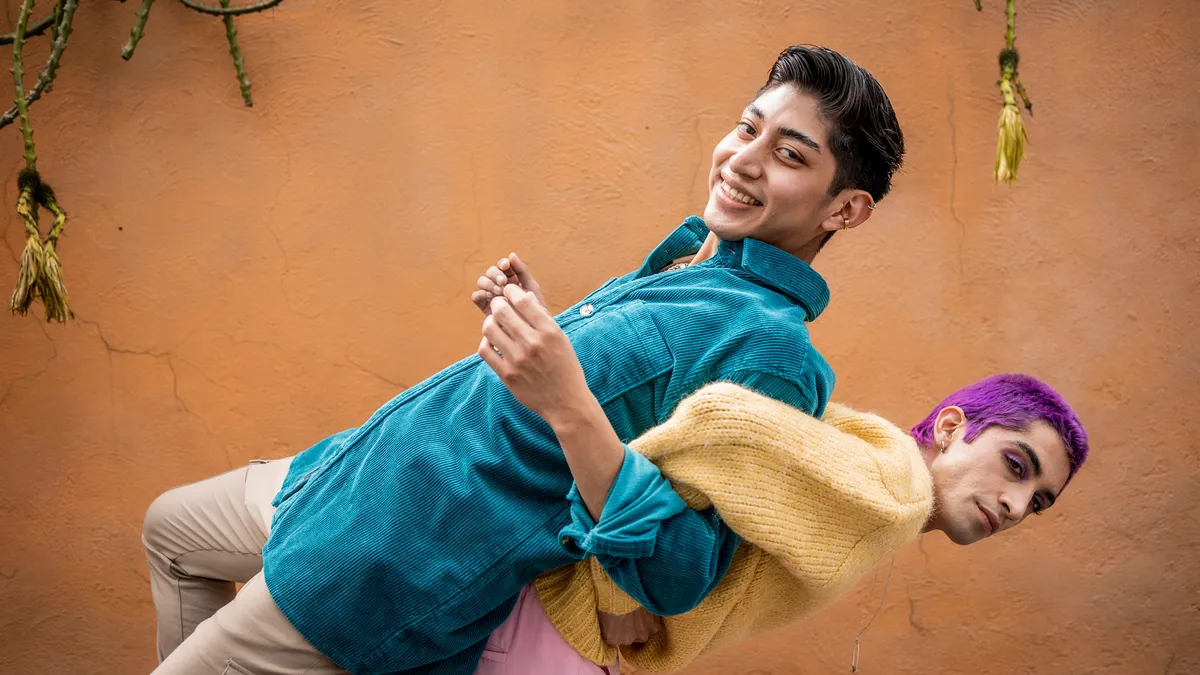The great racial reckoning of 2020 brought many cultural shifts, including that of language. The term "BIPOC," which stands for Black and Indigenous people, and people of color, proliferated. The BIPOC acronym gained traction — use of the term BIPOC spiked in May 2020 according to Google Trends — largely because it centers Black and Indigenous people.
Since summer 2020, companies have poured significant sums into Black talent, Black initiatives, Black consumers and Black heritage celebrations. But what about the "I" in BIPOC?
In curating the following Indigenous recruiting tips, HR Dive tapped Indigenous Works, a company based out of Saskatoon, Saskatchewan, serving First Nations talent. Both Canadian and American Indigenous folks have experienced similar disenfranchisement, something Indigenous Works CEO and President Kelly Lendsay emphasized in his interview.
"We had residential schools; you had residential schools — you call them industrial schools. Racism, unemployment, incarceration, suicide rates: take your pick on the deficit side of the agenda. There are so many similarities, even our age characteristics are the same," Lendsay said. (The average age of both Indigenous American and First Nation Canadian populations skew about 10 years below their respective national average, which, Lendsay noted, makes this talent pool a particularly young workforce.)
On top of shared tribal histories along the border, Lendsay also spoke to the "ripple effect" of the Black Lives Matter movement in Canada. Here are four actionable steps HR professionals can take to help Indigenous folks get their foot in the door.
Hit the books
The way companies fund research on fresh geographical markets they’d like to enter is the same approach they should use with diversity recruiting efforts. "You would not go to Australia or Mexico without doing homework on the history and sociopolitical features of those communities. You’ve got to do the same thing at home, but in your backyard in the States or in Canada," Lendsay said.
He also drew historical parallels between pro-Black civil rights leaders and Indigenous leaders in the 60s. "Rosa Parks sat down on a bus so the world could stand up. Martin Luther King got the Nobel Peace Prize in ‘64. And in 1973, there was an incident called Wounded Knee," Lendsay said, nodding to the South Dakota demonstration in favor of Indigenous rights. "That very same year, Marlon Brando won the Oscar for The Godfather." Brando famously refused the Oscar to protest treatment of Indigenous talent in the film industry. Instead, Sacheen Littlefeather, an Indigenous actress, came to the stage.
Reassess your brand with Indigenous folks
Another step that should occur before recruitment, Lendsay said, is assessing a company’s pre-existing or non-existent relationship with local Indigenous communities. The first question he asks clients essentially is, "What do you think your brand is with Native American labor force?"
"Most employers go, ‘I don't think we have a brand.’ ‘I think we have no brand.’ Sometimes resource companies say, ‘We have a brand but it's tarnished. We haven't been very good partners. In fact, we've hurt the land and the water, and we haven't really created jobs or employment opportunities for Indigenous people.’"
Pound the pavement
Once HR teams answer branding questions, they can focus on attraction and positioning. Lendsay recommends answering some more questions in the way of guidance.
"How can you work with Indigenous partners on some jobs that you have? How can you create training programs to get people the skills they need to get those jobs?" he asked. "Many of these American tribes and Aboriginal groups in Canada? We have training funds that could be leveraged with private sector money to prepare our people, educate our people, book those opportunities. It might even lead to strategic alliances around employment strategies."
Remember that D&I goals can include corporate responsibility
A key component of a company’s success, Lendsay said, is investing in Indigenous folks outside of the talent pool. For those committed to diversity, companies should include Native American folks in marketing, branding and giving back initiatives, Lendsay said; "The whole opportunity here should not just be on the shoulders of HR people in a company."













